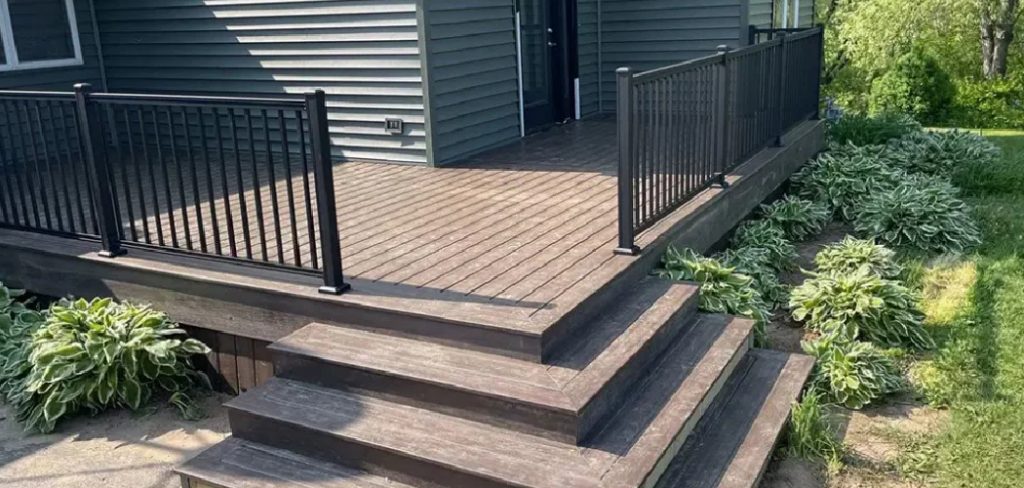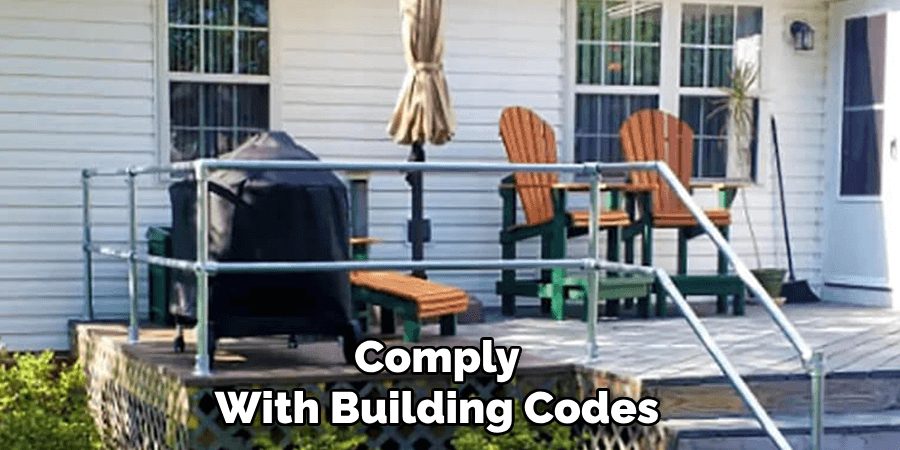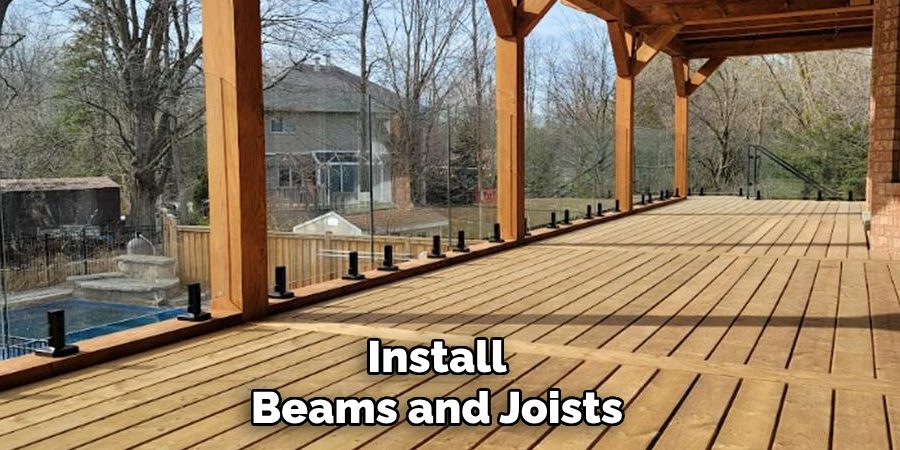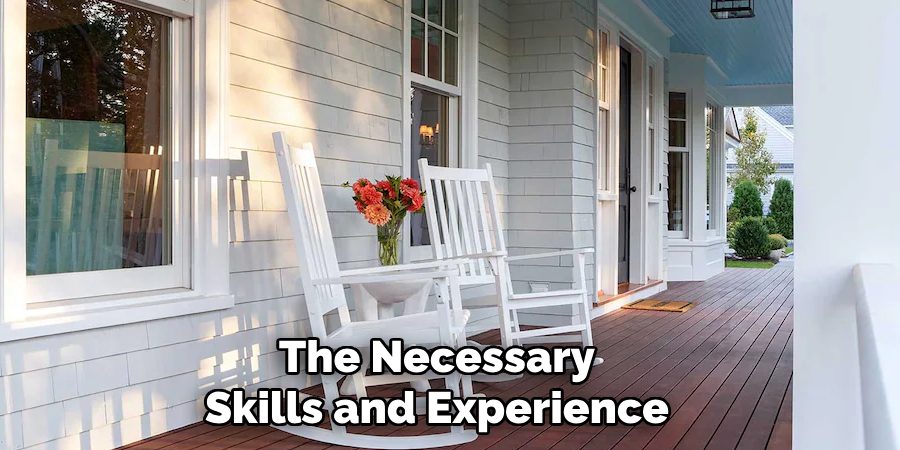Adding a porch to your house not only enhances its curb appeal but also provides a welcoming and functional outdoor space for relaxation and entertainment. Whether you’re envisioning a classic front porch or a spacious wraparound design, planning the construction carefully is essential to ensure stability, safety, and aesthetic harmony with your home.
This guide on how to attach a porch to a house will walk you through the key steps to successfully attach a porch to your house.

Why Attach a Porch to a House?
A porch serves as an extension of your home, providing additional living space for various purposes. Here are some benefits of attaching a porch to your house:
Curb Appeal:
A well-designed and maintained porch can greatly enhance the overall appearance and value of your home. It can make your house look more inviting and attractive, increasing its curb appeal.
Outdoor Living Space:
A porch provides a versatile outdoor space that can be used for various activities such as lounging, dining, or entertaining guests. It allows you to enjoy the fresh air and scenery while still being sheltered from the elements.
Functional Addition:
Attaching a porch to your house can also serve as a practical addition by providing extra storage space for items like shoes, coats, or outdoor equipment. Additionally, it can act as an extension of your indoor living space during warmer months.
8 Steps on How to Attach a Porch to a House
Step 1: Determine the Type of Porch
Before beginning construction, decide on the type and style of porch you want to build. Consider factors such as the size of your outdoor area, the architectural style of your home, and your budget. Common porch types include screened-in porches, open verandas, covered porches, or even wraparound porches.
Determine how the porch will be used—whether as a relaxing retreat, an entertainment area, or a functional space to complement your home. Taking the time to plan and choose the right porch type will ensure itAn error occurred during generation. Please try again or contact support if it continues. Fits your needs and complements your home’s style.
Step 2: Check Building Codes
Before starting any construction, it is crucial to research and adhere to local building codes and regulations. These codes vary by location and dictate important aspects such as the porch’s size, height, materials, and structural requirements. Visit your local government website or contact the building department to obtain the necessary permits and guidelines.
Failing to comply with building codes can result in fines, delays, or even the need to dismantle your project. Ensuring your plans meet all legal requirements will save time and prevent complications during and after construction.

Step 3: Create a Design Plan
Next, create a detailed design plan for your porch project. This includes the porch’s dimensions and layout, as well as any additional features such as railings, steps, or lighting. Consider the orientation of your house and porch to maximize natural light and views.
You can use online software or consult with a professional architect to create a blueprint that meets your specifications. A clear design plan will help you estimate costs and materials needed and provide guidance during construction.
Step 4: Prepare the Site
Once your design plan is ready and permits are secured, the next step is to prepare the site for construction. Begin by clearing the area where the porch will be built. Remove any obstacles such as plants, rocks, or debris to create a clean and level surface for your foundation. If necessary, use a leveling tool or hire a professional to ensure the ground is even.
Mark the perimeter of the porch using stakes and string to outline the exact dimensions. This will serve as a helpful guide during construction. Additionally, any underground utilities should be located and marked to prevent damage while digging. Proper site preparation is crucial for creating a sturdy foundation and reducing potential issues later in the process.
Step 5: Build the Foundation
A strong and stable foundation is essential for a durable and safe porch. Depending on your location and local building codes, you can use different foundation types such as concrete slabs, footings, or piers. It is recommended to consult with a structural engineer before pouring any concrete or using other materials to ensure proper support for your porch.

The foundation should be level and well-compacted to prevent shifting or cracking in the future. Once the foundation is built, allow it to cure completely before proceeding to the next step.
Step 6: Frame the Porch
With the foundation in place, it’s time to start framing your porch. Use pressure-treated wood or other weather-resistant materials for added durability and longevity. Begin by attaching a ledger board on your house’s exterior wall, where your porch will be attached. Then, add posts at each corner and along the perimeter of your porch using galvanized screws or bolts for extra strength.
Install beams and joists between the posts following your design plan. These will provide support for your deck boards and any other features you plan to add. Double-check the level of each component before securing it.
Step 7: Install Decking and Other Features
Once the frame is complete, it’s time to install your porch’s decking material. There are various options such as wood, composite, or stone, depending on your personal preference and budget. Follow manufacturer instructions for proper installation techniques.
You can also add additional features such as railings, steps, or decorative elements to enhance your porch’s functionality and aesthetic appeal. Be sure to secure these firmly to the structure for safety purposes.
Step 8: Finishing Touches
To complete your porch project, finish off with any final touches such as painting, staining, or sealing the materials. These steps will provide protection against weather elements and enhance the overall look of your porch.
Finally, add furniture and decorations to make your porch a cozy and inviting outdoor living space. Enjoy spending time on your new porch, whether for leisure activities or hosting gatherings with family and friends. Regular maintenance and upkeep will ensure that your porch remains a functional and beautiful addition to your home for years to come.

Tips to Keep in Mind
- Consider adding screens or curtains to your porch for added privacy and protection from insects.
- Evaluate different lighting options, such as string lights or recessed lighting, to create ambiance an error that occurred during generation. Please try again or contact support if it continues, According to your porch’s usage.
- Incorporate outdoor-friendly materials and furniture that can withstand weather conditions.
- Regularly inspect and maintain your porch for any necessary repairs or updates.
- Take advantage of natural elements, such as trees or bushes, to provide shade and enhance the beauty of your porch.
- Don’t forget about landscaping around the porch area to create a seamless transition between indoors and outdoors.
With these steps on how to attach a porch to a house, you are now equipped with the knowledge and tools to successfully complete your project. Remember to always follow safety precautions and consult with professionals when necessary. Soon enough, you’ll have a stunning porch that will add value and enjoyment to your home. Happy building!
Frequently Asked Questions
Q: How Much Does It Cost to Build a Porch?
A: The cost of building a porch can vary depending on factors such as size, materials used, and additional features. On average, the cost can range from $2,000 to $30,000. It is important to create a budget and consult with professionals for accurate cost estimates.
Q: Do I Need Permits to Build a Porch?
A: In most cases, yes, you will need permits to build a porch. The requirements may vary depending on your location, so it’s best to check with your local building department beforehand. Failure to obtain necessary permits can result in fines or having to remove the structure.
Q: Can I Build My Own Porch?
A: While it is possible to build your own porch, it is advisable to consult with professionals and consider hiring contractors for certain aspects of the project. Building a porch requires knowledge of construction techniques and adherence to safety codes, so it’s essential to have the necessary skills and experience before undertaking the project on your own. Additionally, hiring professionals can save you time and ensure a more efficient and high-quality result.
Q: How Long Does It Take to Build a Porch?
A: The timeline for building a porch may vary depending on factors such as size, materials used, and weather conditions. On average, it can take 2-3 weeks to complete a porch project. Factors such as obtaining permits and waiting for materials may also affect the timeline. It’s important to have realistic expectations and plan accordingly when taking on this project.

Conclusion
Building a porch is a rewarding project that not only enhances the appearance of your home but also creates a functional outdoor space for relaxation and entertainment. By carefully planning each step on how to attach a porch to a house—choosing the right porch type, adhering to building codes, crafting a detailed design, and executing construction with precision—you can ensure a successful and long-lasting addition to your home.
Whether enjoying peaceful mornings with a cup of coffee or hosting lively gatherings with loved ones, your porch will become a cherished extension of your living space. With proper maintenance and care, this investment will provide value and enjoyment for years to come.
Professional Focus:
Arden Bernier is dedicated to exploring and advancing patio design and maintenance, combining practical knowledge with innovative solutions. Specializing in outdoor living spaces, he provides expert advice on patio fixes, landscaping, and sustainable outdoor design. With a focus on creating functional, aesthetic, and durable outdoor environments, Arden empowers homeowners to transform their patios into beautiful and relaxing retreats.
Vision:
To inspire and assist homeowners in creating functional, aesthetically pleasing outdoor spaces. Arden encourages creativity and practical problem-solving in patio design, making outdoor living more accessible and enjoyable for everyone.
Education:
- Bachelor of Arts (BA) in Environmental Design – University of California, Berkeley.
- Master of Science (MS) in Landscape Architecture – University of Southern California.
- Specialized training in sustainable landscape design, outdoor space planning, and eco-friendly materials.
Recognition:
- Author at PatioFixes.com, providing expert advice on patio maintenance and design.
- Featured in online platforms and home improvement blogs for valuable tips on patio fixes and outdoor living.
- Recognized for his contributions to making outdoor spaces more eco-friendly and sustainable.
Expertise:
Patio expert with a focus on creating functional, beautiful, and durable outdoor living spaces. Specialization includes:
- Patio design and construction
- Outdoor furniture and décor
- Landscaping and sustainable patio solutions
- Outdoor maintenance and repair techniques
